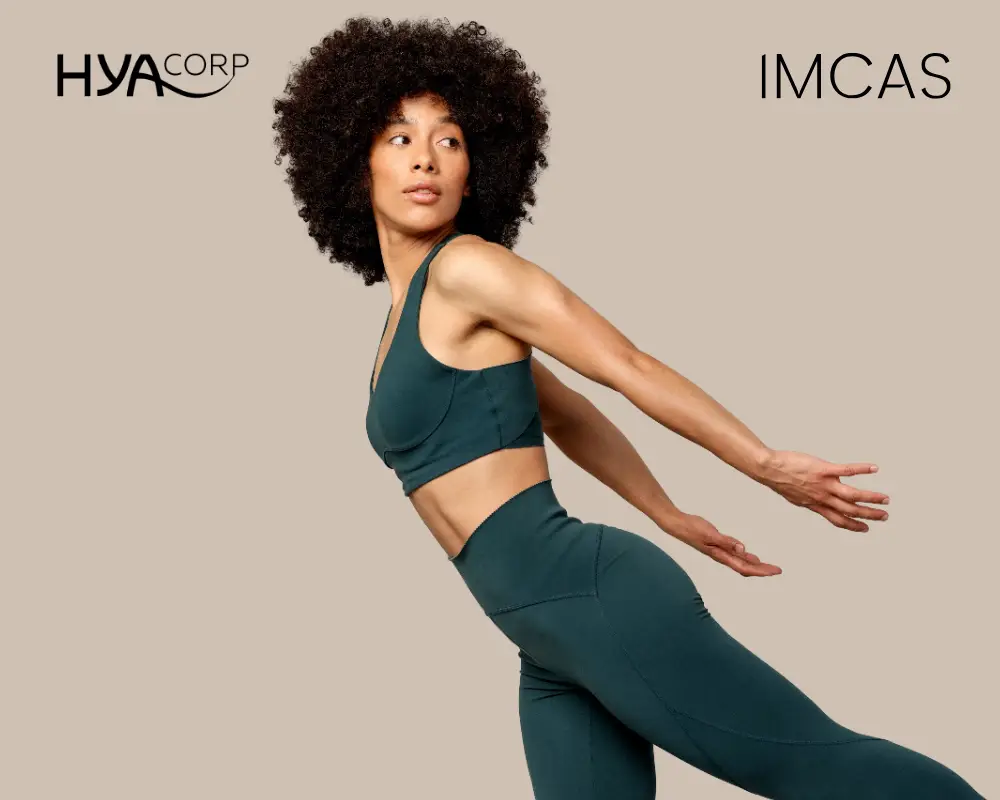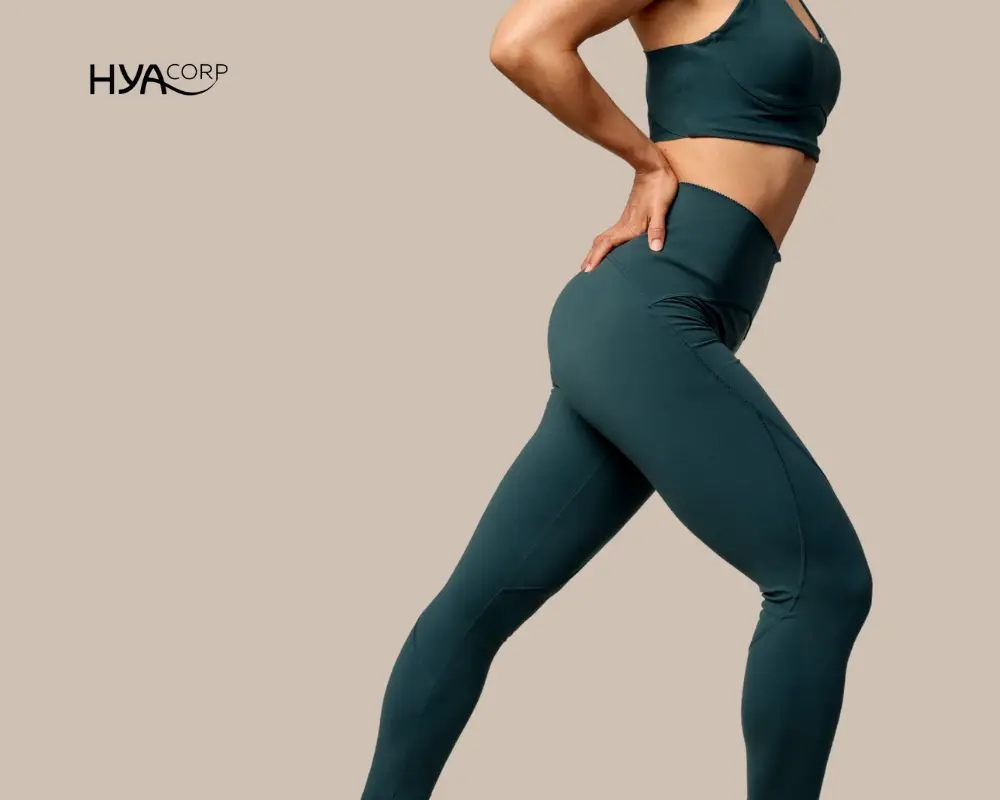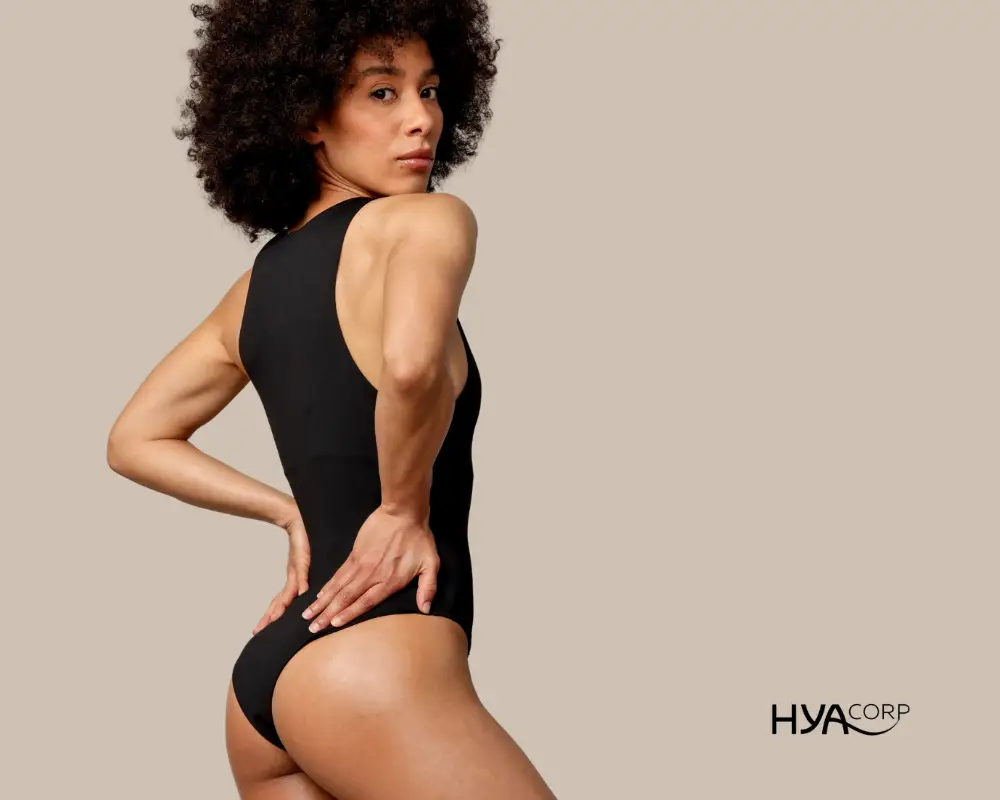Our latest webinar delved deeper into getting to know the possible side effects and complications of filler injections, specifically, the Hyaluronic Acid body fillers. Our doctors addressed the possible dermal filler complications that may happen during their application, how to manage them in the best and most effective way possible and finally what steps should anyone take to avoid safety issues with dermal fillers.
If by any chance you missed the live event, don’t worry because we have the full webinar recorded so you can watch it at your convenience. Further, all questions asked during the session have also been answered below by the experts.
Q1. What is the average volume of Hyaluronic Acid per area that is correlated with increased complications?
Dr. Brambilla
It depends on the extension of the area, and the kind of injection, each time an average amount of 40 or 60 cc for an area around 20 cm2 si quite reasonable, but you have to consider the tissues, there are tissues that are hyperlax, or tissues that are not proper to handle this kind of product that are not good for high volumes, and then there are some more stiff than can keep the tissue much better.
When playing with bigger volumes, I suggest performing it in several sessions so you know the patient’s reaction. It’s a waste of time, but it’s a safer procedure especially if we are dealing with a larger volume.
Dr. Cortiñas
When we start working with fillers, we have to look for very small modifications to correct irregularities. We can fill areas, but not as well as with surgery. Trying to show the patient and look at the patient in a different way because fillers will provide an enhanced correction than surgery but very smoothly. Less is better, so try to inject as little as possible, because a huge amount of fillers is like huge implants. Bigger implants have more complications than smaller ones.
Dr. Carvalho
As a person starting with buttocks augmentation, we should think in 50 cc for each side. If we start with 50, we can see where we arrive and then in the next stage we can put more and understand how to handle the HA in the gluteal area and therefore it is safer.
Q2.What do you think about a delayed reaction inflammation after 3 months from the injection, could it be stimulated by LPG massage?
Dr. Brambilla
I think every trauma may induce an inflammatory reaction, I recommend avoiding for a couple of months saunas and high temperatures in order not to stimulate tissues around the HA. Everything can happen in a month or a year but the percentage is quite low.
Q3. It is impossible to discern between injecting in the muscle or in the subcutaneous tissue without ultrasound guidance. What would be your advice regarding this issue?
Dr. Cortiñas
I agree, but to a certain extent, I think you can try sometimes when you reach a muscle you get a contraction and it shows that you are going through the aponeurosis gluteus maximus, but to be completely safe and superficial, you have to make a pinch test and try to inject as superficial as possible avoiding the consequences of superficial injection which is irregularities, or bumps.
Ice cold water works very well with hyaluronic acid edema and redness, so in the cases of some kinds of reactions, ice cold packs may help a lot.
Dra. Carvalho
I think it’s not so difficult to identify the subcutaneous tissue because the consistency of the muscle when we touch the muscle and we are in the subcutaneous tissue, we find the consistency very different from the muscle so it’s a question of experience, we can start injection small volumes to understand how the subcutaneous tissue feels and so we can understand where we are in the gluteal area.
Q4.How many milliliters of Hyaluronic Acid were injected in the last two cases, and how long will the Hyaluronic Acid last if the patient doesn’t do exercise after the procedure?
Dra. Carvalho
I injected in the first session with the first patient 100 cc per side, and 1 month after I injected 50 cc per side in the hip dips. With the second patient, I injected 100 cc in one single session. Without exercise, the results will last between one and two years, and without procedures and lymphatic massage, almost two years.
Q5. How menopause affects when we are doing the procedure and is it something that is contraindicated?
Dr. Brambilla
I don’t think menopause is a contraindication for any treatment, unless there are any specific conditions in the area we are treating.
Q6. Can patients sit after the procedure?
Dr. Brambilla
The answer is yes, but carefully.
Dra. Carvalho
Usually, when we inject or put some implants we put above the Ischial tuberosity, when we sit, we sit in the Ischial tuberosity but implants or HA are above this line, so we advised our patients not to sit for many hours for example I had a patient that made an augmentation with HA and after that goes to Greece in a plane. I do not advise this, but they can sit obviously.
Q7.Do you think there is more inflammation with some patients with covid vaccines?
Dr. Cortiñas
We are taking care of that, we are asking patients about vaccination and we make the procedures two weeks apart from the vaccination.I haven’t read any articles about this, from our experience, we have been injecting in the face since the pandemic and we haven’t had any reactions so I don’t expect any hypersensitivity because of the vaccine if we do the injection with a time gap in between.
Q8. Can you combine MLF1 and MLF2 and by doing it, may side effects increase?
Dr. Brambilla
We may combine them but staying in different spaces, different levels, and I don’t think that may affect the side effects.
If you are using different products with different viscosity and elasticity and you stay in different levels, you will decrease the complication rate, if you are using the proper product in the proper level.
Q9. What are the main reasons and main factors for chronic inflammation? Is this something you have experienced?
Dr. Brambilla
I think one of the main reasons may be low aggressive bacterias that may be foundnot to the gel but when you injected it improperly you may have some bacteria. This happens also with implants, there have been some findings with bacterias in the implants and the capability of giving reactions to capsules. When we are playing with bigger volumes, and if there is a diathesis of any immunogenic setting that tends to be abnormal, there might be an abnormal reaction to something.
Dr. Cortiñas
I completely agree with Massimo, the biofilm is not something completely proven and another thing is the chronic exposure of our immune system to a so-called irritant agent which is present in a foreign body. It is impossible or very difficult to deal with.
Dra. Carvalho
I would like to share that I had only one complication of chronic inflammation and curiously the patient also had capsular contracture in the breasts, so we can see that there is some immunogenic reaction of the body.
Q10. What is the most important aspect of after care advice?
Dr. Cortiñas
The most important after care measure is being in contact with your patient. You or your assistant need to receive as fast as possible any claim questions and address those questions.
Dr. Brambilla
For me what makes the real difference is the pre-treatment, how to deal with the patient, how you select the patients and how you perform the procedure. If you expose your patient to a high risk or inappropriate setting, the risk will dramatically increase and so I think this is much more important than avoiding heat, trauma, or sitting in the proper position. We played 90% of our job before and during the procedure.
Dra. Carvalho
The most important thing for me is to clarify the expectations of the patients, this kind of treatment will not give the volume they want for example in big augmentations, high volumes, this is not the technique that we should use.
The second thing would be to inject in the subcutaneous area in the central area of the buttock.
Q11. What are the intervals between the treatments?
After 3-5 weeks the doctor may decide to perform a touch-up.
Q12.What is the maximum ml in each buttock? 50ml?
The amount of product depends on the patient’s need, we recommend a maximum amount per session of 150 mL, 75 mL per each buttock .
Q13.Can you explain where you inject the genefill , after injecting hyacorps ml 1 or 2.?
Genefill body products CONTOUR and CONTOUR PLUS should both be injected into the subcutaneous layer; CONTOUR PLUS being recommended for deeper planes and CONTOUR for more superficial ones.
The HYAcorp body products MLF1 and MLF2 should both be injected into the subcutaneous layer, MLF2 being recommended for deeper planes and MLF1 for more superficial ones.
Q14.How do you prevent having to migrate downward after being injected onto the hip dips?
If we use a product specially designed and indicated for this kind of procedure such as HYAcorp MLF1/2 and the right technique we’ll have a very low risk of migration. Migration could also occur if the patient presents skin laxity. In this case, it is better to start with a low amount of product and inject more superficially.
Watch full webinar here













